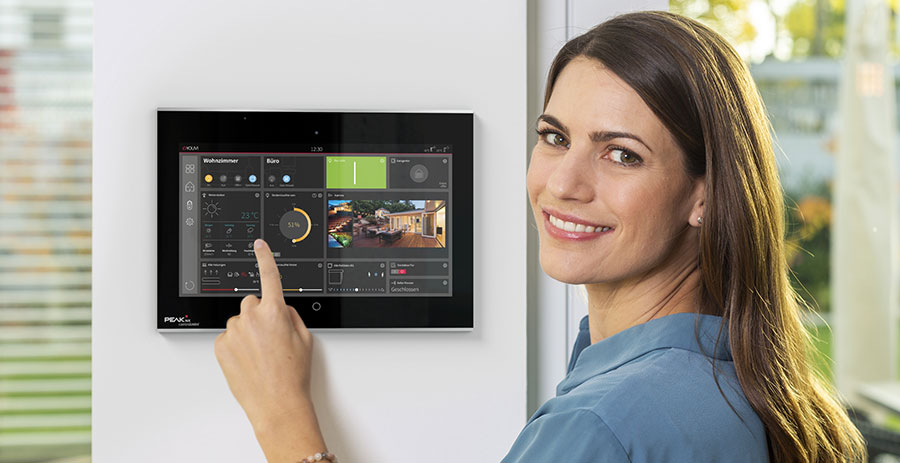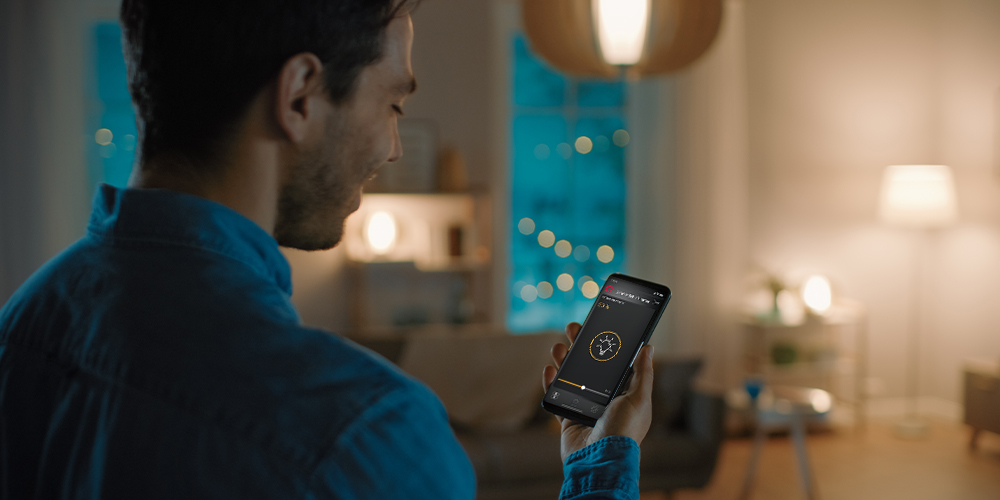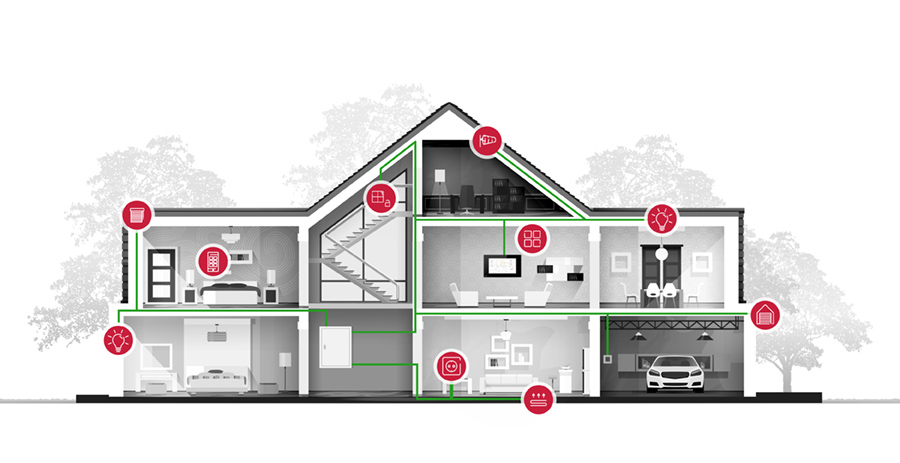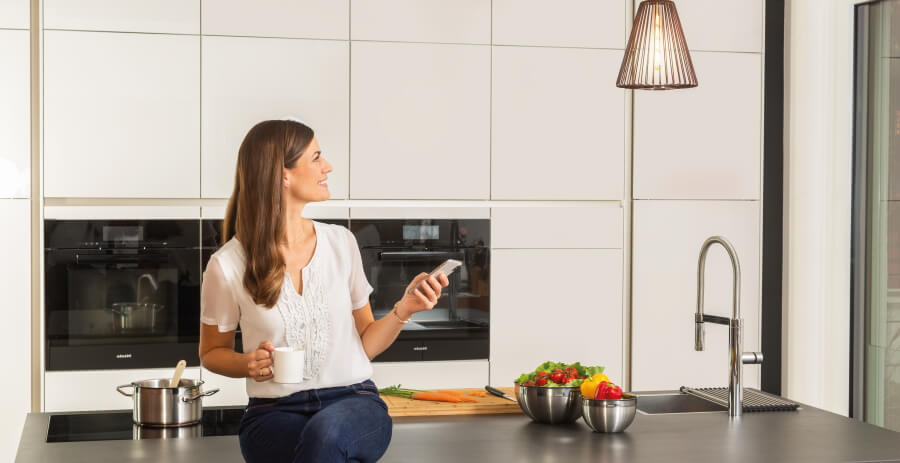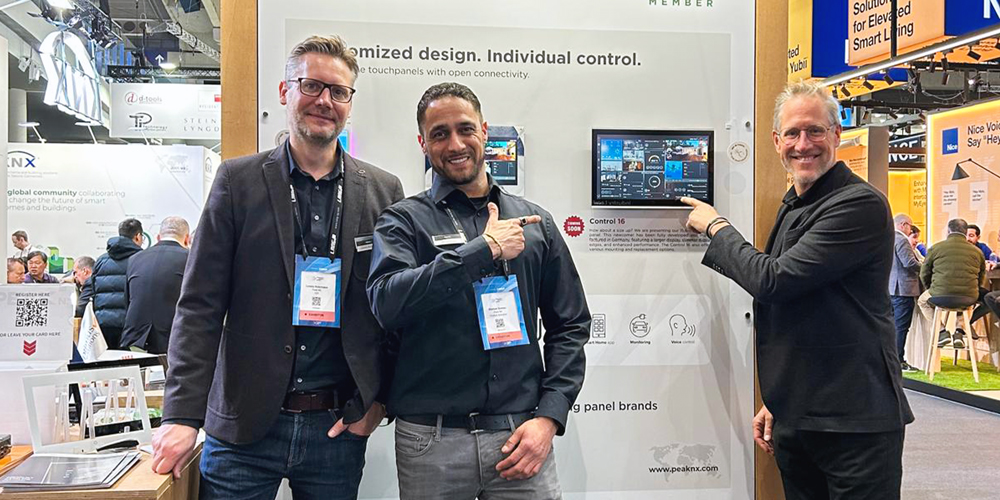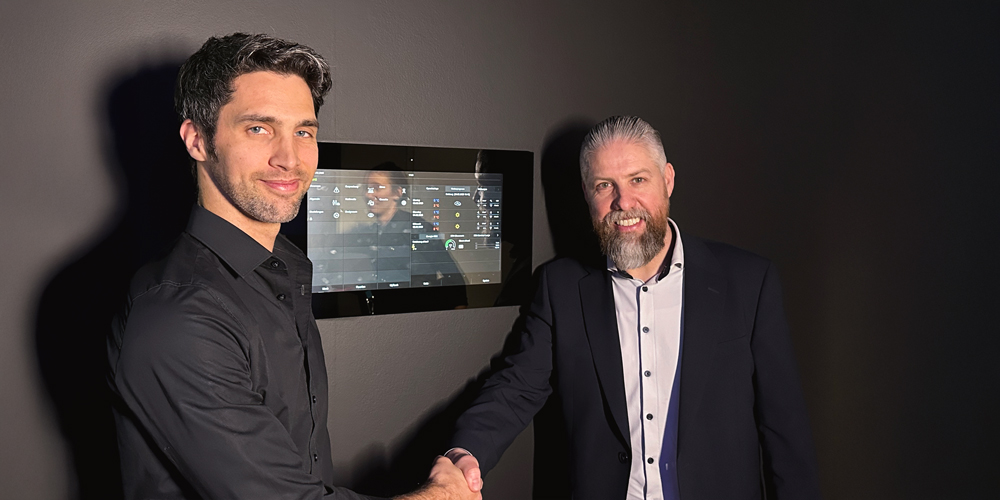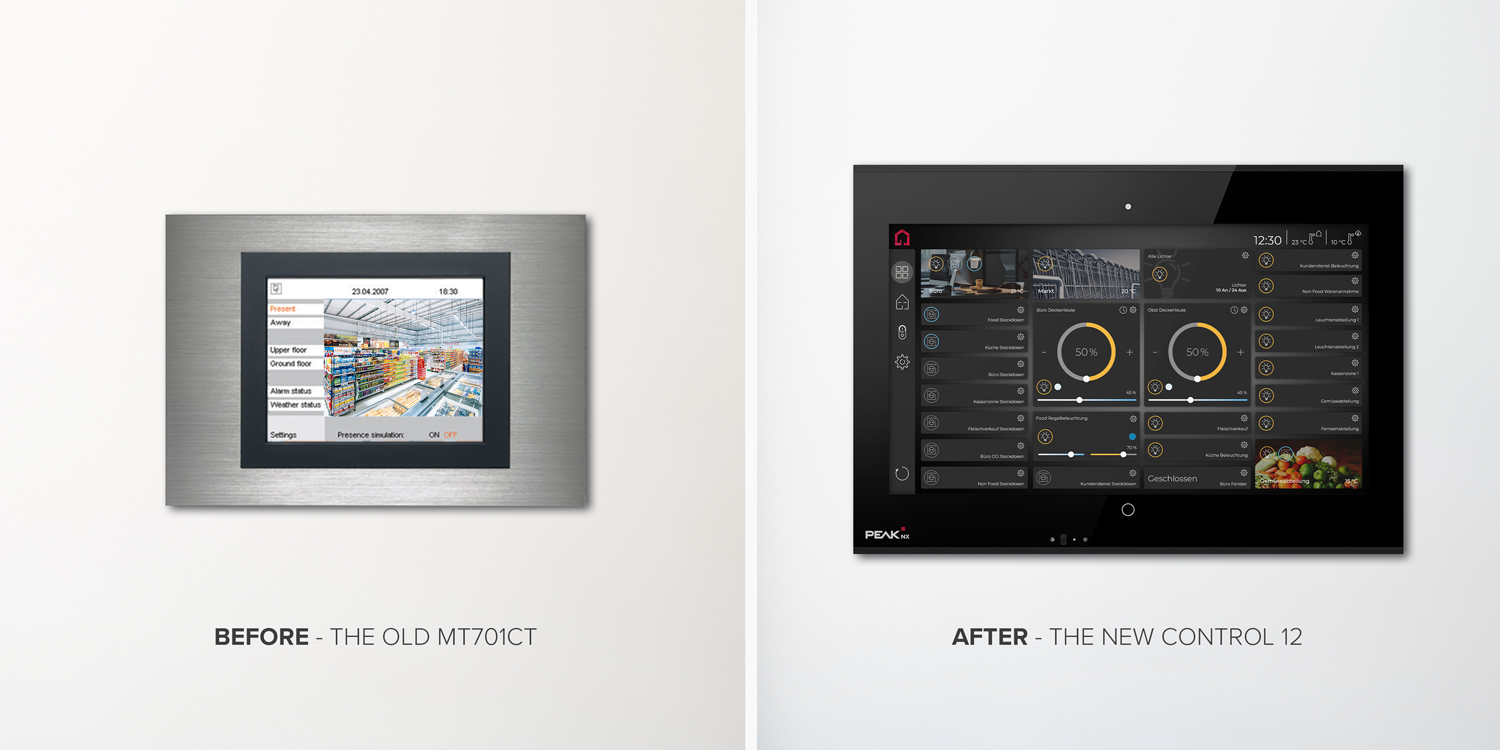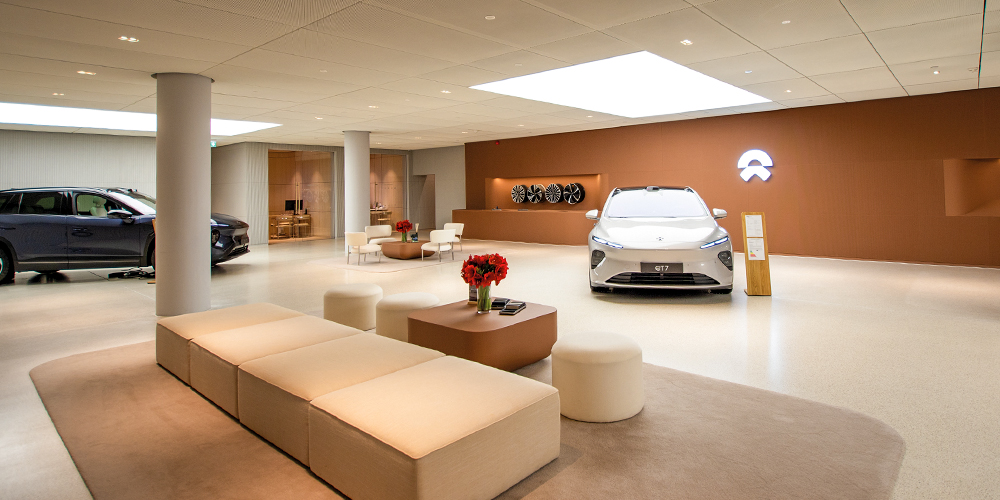A visualisation is the central interface of building technology for its residents and displays all smart home functions for them. With over 40 systems to choose from, the choice is often difficult. Especially since the range of functions is often very similar. What is the best visualisation software for your smart home project? Unfortunately, we cannot make the decision about the best KNX visualisation for you. Everyone has different needs and ideas about what their smart home control system should look like. Accordingly, the choice of KNX visualisation is a very individual decision. But the following questions can help you choose the best KNX visualisation for you:
1. Which functions do you want to control with your visualisation?
Since the visualisation is the user interface for building control, you should first consult its functional range. Shading, light, heating, air conditioning and switches are the most common basic functions. Integrated alarm systems, fire alarm and surveillance cameras are often essential for security. Perhaps you would also like to see your electricity, water, or gas consumption in real time to keep an eye on the energy balance of the building? This also includes the monitoring of solar systems, energy storage or EV charging stations. In hotels often multi-room music systems are required, while door communication systems are more common in private homes. Private homes may also want to integrate home appliances such as coffee machines or vacuum cleaner robots, lawn mowers, or garden watering systems. This often requires an interface to IoT services, which can be realized for example with Alexa. Depending on the desired functionality, you should make sure that these features can be depicted in the visualisation and that new devices or functions can be easily added later.
2. What hardware will be used to operate the visualisation?
When selecting a visualisation, it is also important which devices you want to use to control the smart home - and whether it should react to voice inputs, for example. Smartphones, tablets or permanently installed touch panels, that display all important control functions in the building at a central location are conceivable. Please bear in mind that security-relevant building control functions, such as alarm systems and door openers, should not get into the wrong hands. Mobile devices with the appropriate control apps should therefore only be a supplement. Not only an empty battery can be annoying - mobile devices can also be stolen or get lost. A permanently installed device in the building does not have these problems. If you want to combine mobile and fixed devices, make sure that the visualisation supports different device types. In addition, although basic functions should be accessible on the road, security-relevant functions should be password-protected.
3. Where do you want to use the visualisation?
This question concerns both the scope of the KNX project and the additional components you need. Do you want to use the visualisation in private or commercial applications? Depending on your answer, the size of the KNX project will vary widely. The hardware should be chosen according to the size of the project. You may choose a suitable software, but if the hardware does not correspond to the requirements your smart home will not work as desired.
4. Who will use the visualisation for knx and set it up?
It is also important to question who will use and set up the visualisation: Do you want to understand exactly how every detail works and try out new things? Or do you maybe just want your system to work and look good? The latter is an advantage in the commercial sector, for example in hotels, or even in vacation homes.
5. How user-friendly is the Smart Home visualisation?
Usability should also play an essential role. It is recommended that you can reach your desired device within the visualisation with just a few clicks. Also, important features such as group functions or scenes should be easy to create and access. Therefore, make sure that the basic structure is coherent for you and that you can quickly reach frequently used functions. Since a lot can change during the adjustment process, a user interface that can be modified by yourself can be helpful. A dashboard that can be adapted to the specific room in the case of permanently installed display units is advantageous, too. If guests should also be able to operate the visualisation, an intuitive handling is even more important.
6. How much does a KNX visualisation cost?
You should calculate about ten percent of the house building costs additionally for your smart home configuration. In addition to the costs for the hardware, you also need to consider the costs for a visualisation. Take into account to what extent (good!) support is available in your language. Do you have to pay once or are there hidden costs for maintenance, support, or updates? In addition, the range of functions should not be neglected. Too many - maybe unnecessary - features drive up the costs. Ask yourself whether the price is right for the range of functions provided and actually used. In addition, you should include the costs that could possibly be incurred for setting up the visualisation into your calculation.
Conclusion: What is important when choosing the right KNX visualisation?
One thing is certain: The decision for the appropriate visualisation depends on your wishes, needs and requirements. Therefore, take your time to compile a concrete list of requirements and make your decision carefully. Check whether it is possible to test your favourites in advance - for example in showrooms, at trade fairs or virtually. Only then can you determine whether you like the look-and-feel of the software. After all, the KNX visualisation becomes part of your everyday life.
At PEAKnx, we provide users of our Controlpro and Controlmini touch panels with a free choice between all Windows- and web-based visualisations. Alternatively, you can also use the included YOUVI visualisation , which already covers all the basic control tasks of a KNX Smart Home. Further functions, such as voice control via Alexa or the integration of logics and routines, can be added as required according to the YOUVI add-on principle.
